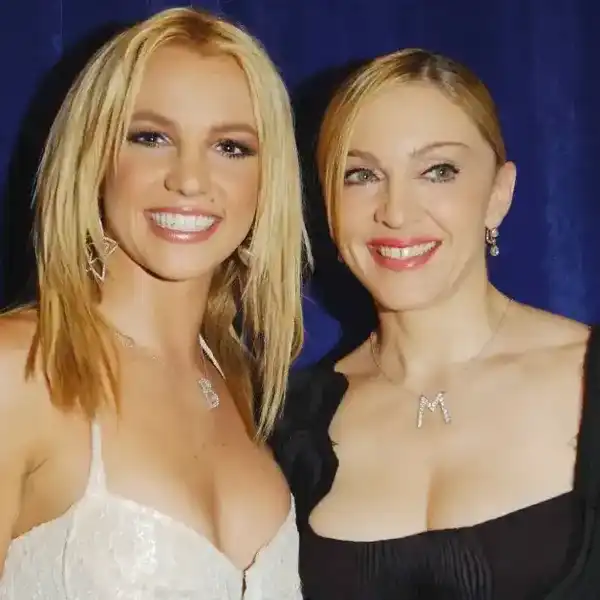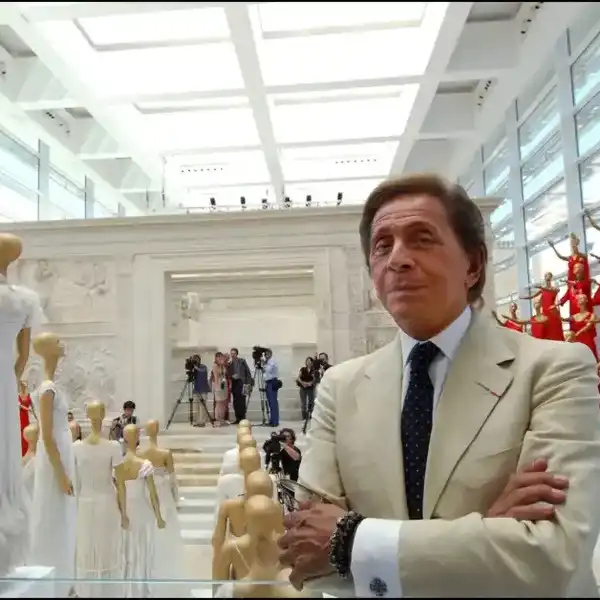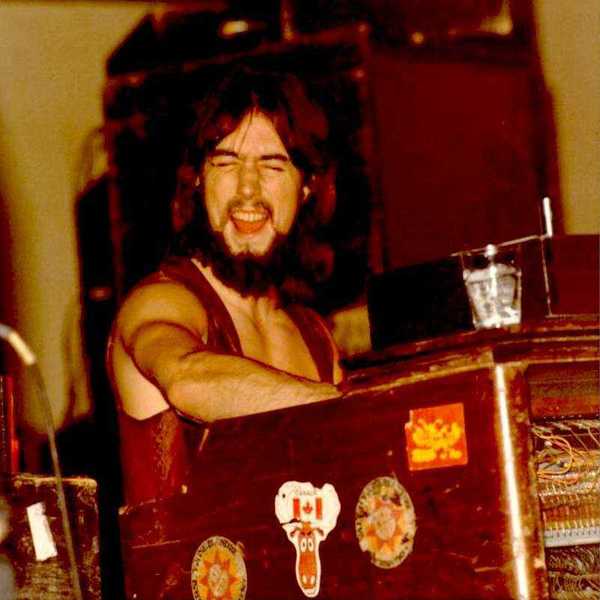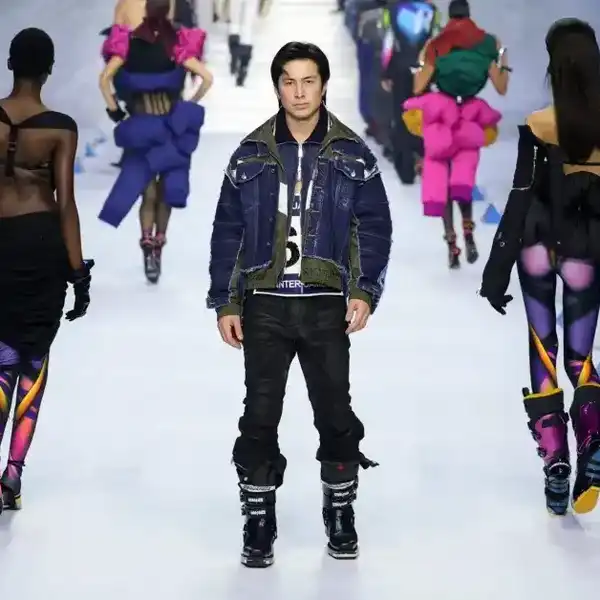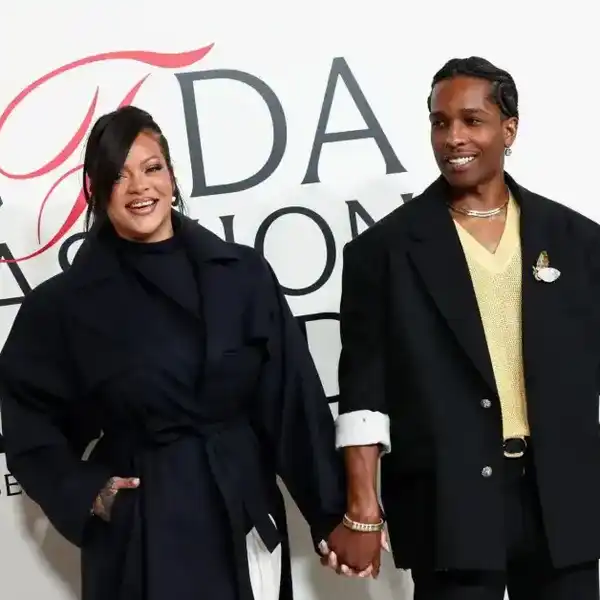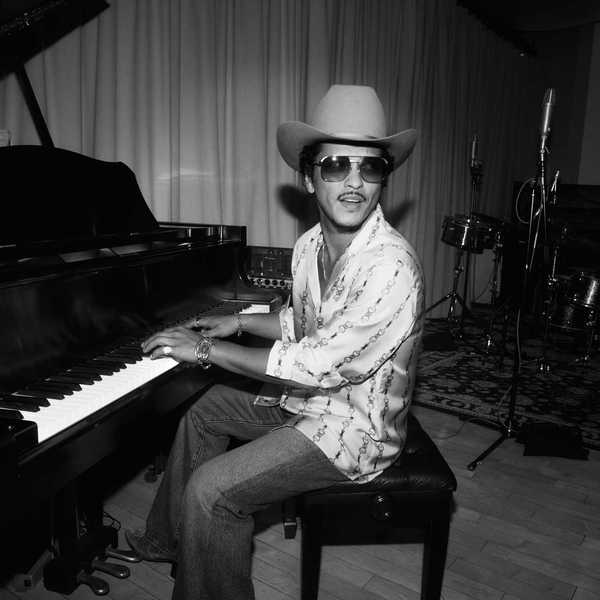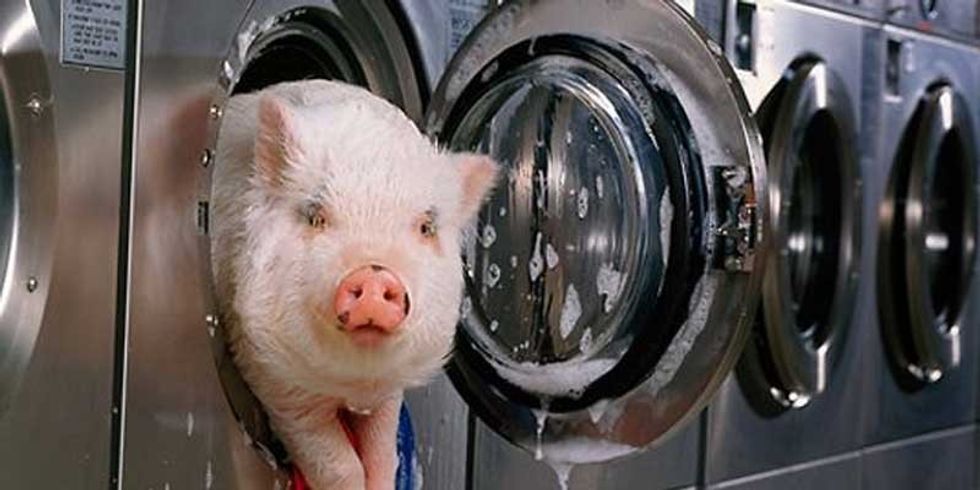
By External Source
Annals Of Brand Love
"One of the great delusions of contemporary marketing is the fantasy of "brand love." The story line goes something like this: Consumers are in love with brands and want to "join the conversation" about brands, and enjoy "branded content," and "co-create" with brands, and have "brand relationships."
"This is the soundtrack for the tens of billions of dollars that have been pissed away on social media nonsense. Remember "like us on Facebook?"
Despite all the claptrap of marketing quacks, here on planet earth, consumers mostly don't give a flying shit about most of the brands they buy. As I've said about a million times (and Prof. Byron Sharp has said much more articulately in his book, How Brands Grow) most of what we call "brand loyalty" is simply habit, convenience, mild satisfaction or easy availability.
"Recently Havas did a study of 350,000 consumers' attitudes toward 1,800 different brands in 31 countries. The results were released last week. Consumers said they would not care if 77% of brands disappeared tomorrow." -- Bob Hoffman, The Ad Contrarian






